"The drums move away, the Distance shows,
Cloud-hid craigs peek through parting snows,
Horizons haze as the blue incense of clouds gather,
'Peace, Peace' pleads the fearful heart,
Only silence answers."
- Samuel McCord
Twice now I have asked if you trust the media. It is not enough just to be wary. We must question.
But what questions should we ask?
1. Type: What kind of content is this?
Recognize first what kind of content you’re looking at.
Is it a news story? Or is it an opinion piece?
Is it an ad or what some people call native advertising produced by a company?
Is it a reaction to someone else’s content?
Part of knowing what you’re looking at involves knowing who produced the content.
Is it a news organization? Or is it a publication that is sponsored by a think tank, or a political group or a corporation?
Another thing to know is where the organization gets its money.
If it’s a non-profit or an advocacy group, where did that money come from?
If that isn’t clear, that’s a problem.
Does the content have an obvious political slant?
Knowing what you are looking at is the first step to figuring out what you can believe.
2. Source: Who and what are the sources cited and why should I believe them?
News content usually cites sources for the information provided.
These are the people quoted, or the documents or reports or data being referred to.
As you read, listen or watch a piece of content, note who is being cited. If it’s text, print it out and circle the sources.
Is it a police official? A politician? What party?
If it’s research, what organization produced it and what background if any is offered about them?
A major part of understanding sources is recognizing the level of knowledge that someone might have—
or how close it is to being first hand. There are lots of different kinds of sources.
The key question is, how do they know? If it’s not clear, you should be more skeptical.
3. Evidence: What’s the evidence and how was it vetted?
Evidence is closely related to but slightly different than source.
Evidence is the proof that the sources offer for what they know. It overlaps with how close someone is to an event.
But even highly credentialed sources may begin to speculate sometimes. They may be guessing.
So, first, identify the evidence that any source is offering. Circle it. Write it down. Do it as an exercise a couple times. It becomes easy to recognize.
Look for signs of a method–a method of verification.
If you can see how the author or reporter checked or corroborated the evidence–
if the method is explicit–that is a sign of more credible work.
4. Interpretation: Is the main point of the piece proven by the evidence?
Most media content offers a thesis, or main point, of some kind.
The one exception might be a straightforward account of a breaking news event.
Most other stories, however, are built around an idea, a trend, or even some angle on a news event.
Even content that isn’t narrative usually has a thesis or a point.
For instance, most charts point you to a conclusion —
like the number of people with jobs in America is going down or actors' salaries are going up.
So the fourth step in knowing whether something is reliable is to ask whether this main point makes sense,
and whether the conclusions are supported by the evidence offered.
5. Completeness: What’s missing?
Most content should lead to more questions.
An important step in being a critical, questioning consumer is to ask yourself what you don’t understand about a subject.
Look back at the piece. Did you miss something? Or was it not there?
If there was important information missing from the story, that is a problem.
If something was explained so poorly that it wasn’t clear, that’s also a problem.
If something was missing and the story explained why:
this couldn’t be answered yet—that is a good thing.
{Also called HOW YOU FIND THE WAY}
















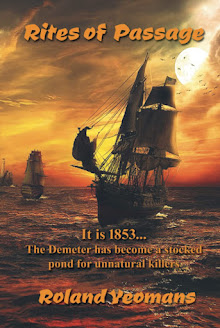




































































































































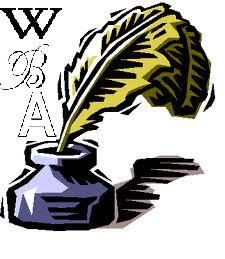
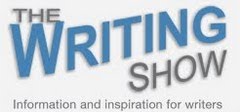


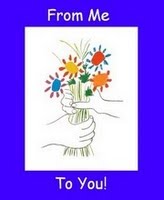

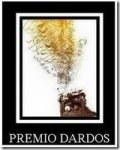

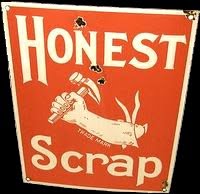








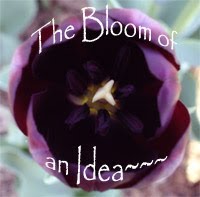



















And read with several grains of salt handy anyway.
ReplyDeleteRarely is it true fact. Almost everything has an agenda behind it.
ReplyDeleteThis is the background for critical thinking and analysis. Well presented, Roland. We cannot take for truth all that is served up for our consumption.
ReplyDeleteToo many don't want to take the time, it's easier to digest regurgitated information. One needs to understand the purpose of the source most of all.
Elephant's Child:
ReplyDeleteYes, keep that salt shaker with you as you read anything from the media!
Alex:
It costs money to broadcast or publish, and money has strings, right?
D.G.:
The internet is free which means someone has to pay. And gold dictates usually which slant a news feed takes.
It saddens me to think we will probably never know the truth to any of the headlines we read.
These are good questions, and all the more necessary with the internet. It used to be that (paper) newspapers and network news programs had a high standard of news reporting--and I should know since I grew up with Walter Cronkite and other highly ethical journalists. But the internet and the deliberate slanting of news to fit a political agenda (hello, Fox TV) have gravely damaged those standards. We all have to cautious with what is now called "news."
ReplyDeleteCool, thanks for the analysis.
ReplyDeleteHelena:
ReplyDeleteIsn't that the truth? Sorry about the late reply but I have just dragged back in from the late, late shift at work. Whew!
The Fourth Estate seems to have been foreclosed on these days!
Donna:
Thanks for liking my little foray into media scrutiny. :-)